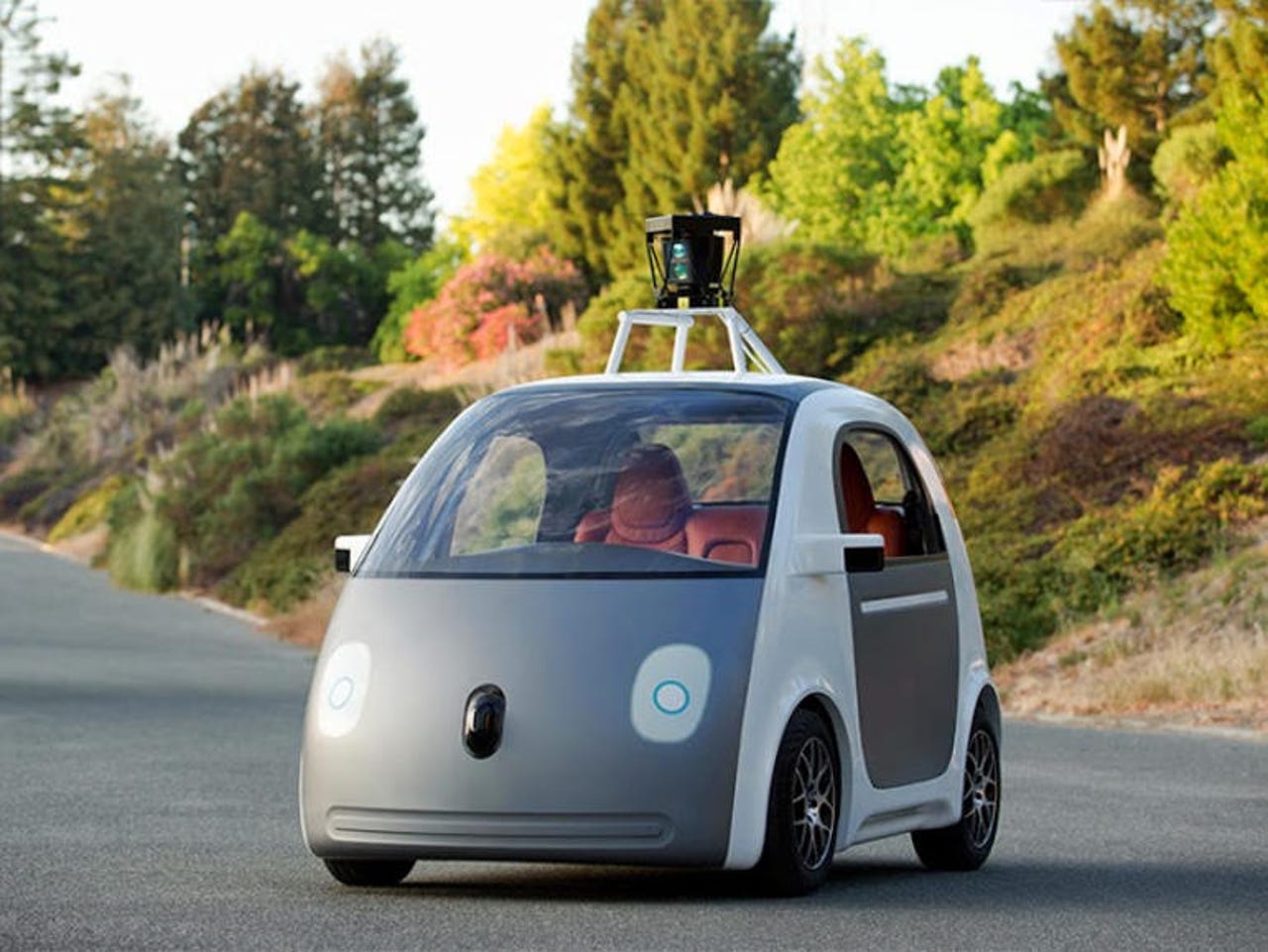Smart machines still need intelligent use and guidance


Self-driving car
By 2020, smart machines -- technologies that learn on their own, adapt their behavior based on experience, and are able to come up with unanticipated results -- will be a top five investment priority for more than 30 percent of CIOs, according to new findings from research firm Gartner.
With these machines moving toward fully autonomous operation for the first time, balancing the need to exercise control over the systems versus the drive to realize business benefits is crucial, the firm says.
Presenting the research findings at a Gartner symposium in Australia, research vice president Brian Prentice said Google's self-driving car project is a prime example of why pursuing full autonomy might be neither possible nor desirable in smart machines.
"Human beings are still required as the final point of redundancy in an autonomous vehicle, so a fully autonomous car requires a steering wheel should a driver be required to take control," Prentice said. "But putting a steering wheel in an autonomous car means a fully licensed, sober driver must always be in the car and prepared to take control if necessary."
Not only does this destroy many of the stated benefits of autonomous vehicles, but it changes the role of the driver from actively controlling the car to passively monitoring it for potential failure." The "Google Steering Wheel Dilemma" is representative of a challenge all smart machine projects must face, according to Gartner.
"Smart machines respond to their environment," Prentice said. "But what is the environment that the smart machine is responding to? Environments that are largely uncontrollable are not amenable to smart machine projects because it is difficult, if not impossible, to model accurately."
The challenge for organizations looking into this technology is to figure out what is actually controllable, and limit smart machines to those activities that can be accurately modeled and managed.
Major unresolved problems in machine learning technologies, such as how to make sure learning data is fully representative and the avoidance of "reward hacking," need to be addressed before any autonomous machine that learns from its environment can be deployed as a mass-market solution, Prentice noted.
"The vision of the fully autonomous vehicle will not become reality, for any car manufacturer, in a time frame that doesn't fall into the realm of science fiction," Prentice said. "The failure of this vision will be set against the backdrop of advances in smaller, more pragmatic applications of machine learning in automobiles that will improve safety and driver experience."
CIOs who are looking to maximize the benefits of smart machine technology adoption should plan to deliver smart machine-enabled services that help and are overseen by human workers, rather than those that are fully autonomous, Gartner said.
They also need to identify and analyze, at the beginning of any project aiming to make use of smart machine technologies, the constraints that smart machine adoption will eventually face.